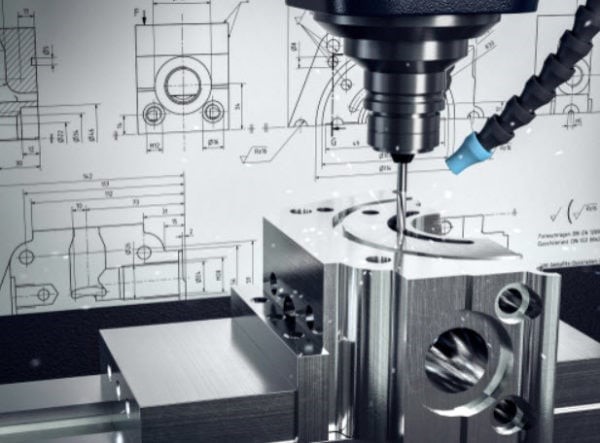Prototyping is a crucial step in the creation of new products. Before releasing the finished product, it enables designers and developers to test their concepts, get feedback, and make modifications. However, there are a number of frequent flaws that might prevent a prototype China from being successful during the prototyping phase. We are going to discuss some of these common mistakes and provide tips on how to prevent them.

Not Specifying the Purpose of Prototype
Not defining the prototype's purpose is one typical error. It's critical to have a clear understanding of your goals before beginning to develop a prototype. Are you trying to test a particular functionality or feature? Are you seeking user experience feedback in general? Or are you trying to share your vision with key players?
Success Tip: By defining the prototype's objective clearly, you can make sure that you're concentrating on the right elements and getting the most out of the prototyping process.
Making a Prototype That Is Too Polished
Another error is to make a prototype that is overly polished. While it's crucial for a prototype to feel and look like the finished article, it's also crucial to keep in mind that it's still a work in progress. The fundamental objective, which is to test and confirm your ideas, can be compromised if too much effort is spent on the prototype's aesthetics.
Success Tip: Don't get caught up in the details; instead, concentrate on building a workable prototype that accurately represents your finished product.
Users Aren't Involved in the Prototyping Process
Not incorporating users in the prototype phase is the another common mistake. A useful method for getting input and making adjustments based on actual user usage is a prototype. But you can only achieve this if you involve consumers in the procedure.
Success Tip: Ensure that you test your prototype with a variety of people and get their input on the process. By doing this, you may find any problems or pain areas and make the required corrections before the finished product is released.
Not Keeping Prototyping Process Records
Last but not least, failing to record the prototyping process is a common error. You can track your progress, spot patterns or trends, and communicate your ideas to others more effectively by documenting the process.
Success Tip: Keep track of your objectives, the criticism you received, the modifications you made, and any other pertinent data. This can be a useful resource for the next initiatives.
Prototyping is a vital step in the development of new products, but it's critical to avoid mistakes that are frequently made because they might make your prototype less successful. You can build a successful prototype that helps you test and validate your ideas, collect insightful feedback, and ultimately launch a successful final product by clearly defining the purpose of the prototype, focusing on functionality rather than aesthetics, involving users in the process, iterating on the prototype, and documenting the process.
















